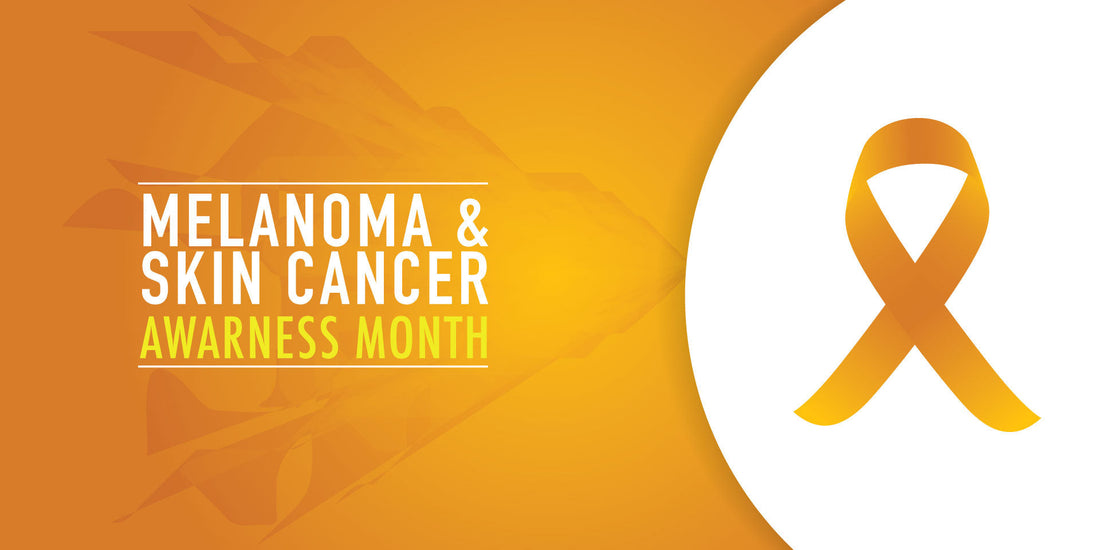What is Skin Cancer Awareness Month?
Occurring every May, Skin Cancer Awareness Month is 31 days devoted to shining the spotlight on:
- How to prevent skin cancer
- How to find skin cancer early when it's highly treatable
- The fact that people of all skin tones develop skin cancer
Why is Skin Cancer Awareness Month important?
It's estimated that every day about 9,500 people in the United States are diagnosed with skin cancer. 1
Many of these skin cancers could be prevented if people would protect their skin from the sun and stop using tanning beds.
Skin cancer is the most common type of cancer. People of all ages and skin tones develop skin cancer.
What is Melanoma Monday®?
A part of Skin Cancer Awareness Month, Melanoma Monday is a national day of awareness devoted to:
- Educating people about melanoma, the most serious skin cancer
- Preventing melanoma
- Helping people find melanoma early through skin self-exams and free skin cancer checks
The American Academy of Dermatology (AAD) launched Melanoma Monday on Monday, May 1, 19952 and has observed it every year since. Melanoma Monday occurs during Skin Cancer Awareness Month on the first Monday in May.
This year, Melanoma Monday is Monday, May 5, 2025.
To highlight Melanoma Monday this year we will be offering 15% off all SPF products & Mineral Powder Brushes for Melanoma Monda. This fabulous offer runs from Friday May 2 to Melanoma Monday May 5
Why is Melanoma Monday important?
Melanoma is the most serious type of skin cancer. In 2025, it's estimated that about 104,960 melanomas will be diagnosed and around 8,430 people will die of melanoma.3
On Melanoma Monday, the AAD encourages all Americans to begin a lifelong habit of examining their skin for signs of skin cancer. To learn how to check your skin for skin cancer, use this link - https://www.aad.org/public/diseases/skin-cancer/find/check-skin
The AAD encourages everyone to begin a lifelong habit of checking their skin by performing skin self-exams. Here's why these exams are so important:
- If caught early, melanoma is highly treatable.
- Melanoma can develop anywhere on the skin, including skin that's had plenty of sun exposure and skin that's usually protected from the sun.
- Melanoma can develop under or around a fingernail or toenail.
- You can find melanoma early by examining your skin for the ABCDEs of melanoma and checking your nails.
Check out our team of dermatologists’ top tips for staying safe in the sun
Stay Safe in the Sun
References
1American Academy of Dermatology. “Skin cancer.” Last updated February 5, 2025. Last accessed April 3, 2025.
2Miller DR, Geller AC, et. al. “Melanoma awareness and self-examination practices: Results of a United States survey.” J Am Acad Dermatol. 1996;34(6):962-70.
3American Cancer Society. “Key statistics for melanoma skin cancer.” Last updated January 16, 2025. Last accessed April 3, 2025.
